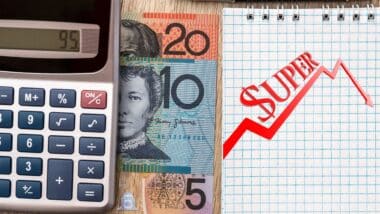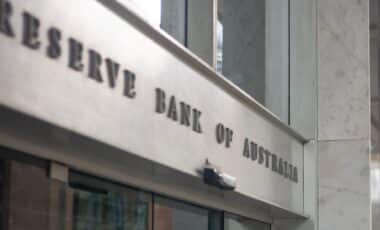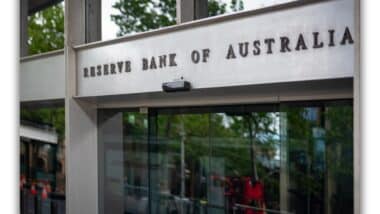Australia’s economy gained momentum in the final quarter of 2024, providing support for the Reserve Bank of Australia’s (RBA) cautious stance on further rate cuts. The latest data signals resilience in growth, despite lingering concerns over consumer spending and inflation risks.
A Sharp Turnaround in GDP Growth
According to official figures released on Wednesday, gross domestic product (GDP) expanded by 0.6% in the December quarter, doubling the pace of growth recorded in the previous three months.
This was in line with economists’ expectations, offering a welcome sign of stability after a prolonged period of sluggish growth.
On a per capita basis, GDP edged up 0.1%, breaking a streak of seven consecutive quarters of declines. Over the year, the economy grew 1.3%, matching forecasts and reinforcing optimism that the slowdown may be easing.
What’s Driving the Rebound?
The latest numbers highlight a broad-based recovery, with both public and private spending contributing to the expansion.
A boost in exports of goods and services also played a role, reflecting Australia’s strong trade ties and resilient global demand.
“Modest growth was seen broadly across the economy,” said Katherine Keenan, head of national accounts at the Australian Bureau of Statistics (ABS).
The figures suggest that despite headwinds, the economic engine is still running, albeit at a moderate pace.
Rba Remains Cautious Despite Rate Cut
The RBA lowered its cash rate to 4.1% in February, its first cut in over a year, citing growing confidence that inflation is moving toward target levels. However, the central bank has remained careful in its approach, as it expects GDP growth to rise to 2.4% by the end of 2025.
RBA Governor Michele Bullock acknowledged that consumer spending is recovering more slowly than anticipated, which remains a critical factor in determining the pace of economic expansion.
“Consumption is recovering, but it’s not recovering as strongly as we initially thought it would,” she said following the February rate decision.
Political Implications Ahead of Elections
The economic acceleration is a positive development for Prime Minister Anthony Albanese’s center-left Labor government, which is currently trailing the opposition Liberal-National coalition in polls ahead of the upcoming election in May.
A stronger economy could bolster Labor’s standing, as the government has championed policies to support growth and tackle cost-of-living pressures.
However, with GDP still below its pre-pandemic 20-year average of nearly 3%, economic concerns remain a key voter issue.









